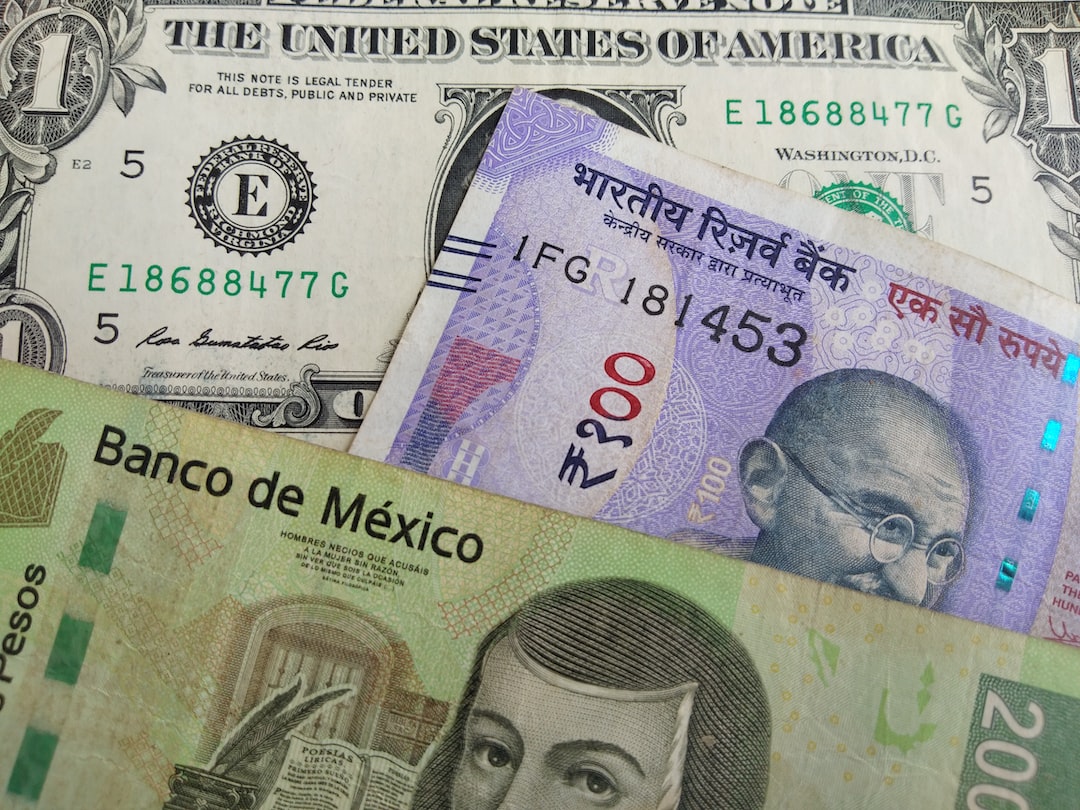Maximizing Profits with Lot Size in Forex Trading: Tips and Strategies
Forex trading is a highly volatile market where profits and losses can be substantial. One key factor that determines the potential profit or loss in a trade is the lot size. Lot size refers to the number of currency units in a trade. It plays a crucial role in risk management and can greatly impact the overall profitability of a trading strategy. In this article, we will explore tips and strategies for maximizing profits with lot size in forex trading.
Understanding Lot Size:
Before delving into tips and strategies, it is important to have a solid understanding of lot size. In forex trading, lot size is typically referred to as a standard lot, mini lot, or micro lot. A standard lot consists of 100,000 currency units, a mini lot consists of 10,000 currency units, and a micro lot consists of 1,000 currency units.
Lot size determines the value of each pip movement in a trade. For example, in a standard lot, each pip movement is worth $10. In a mini lot, each pip movement is worth $1, and in a micro lot, each pip movement is worth $0.10. Therefore, lot size directly influences the potential profit or loss in a trade.
Risk Management:
One of the most important aspects of forex trading is risk management. Properly managing risk is crucial for long-term success in the market. Lot size plays a critical role in risk management as it determines the potential loss in a trade.
A general rule of thumb is to risk no more than 2% of your trading account on any single trade. To calculate the lot size that aligns with this risk management strategy, you can use the following formula:
Lot Size = (Account Balance * Risk Percentage) / (Stop Loss * Pip Value)
By using this formula, you can ensure that you are not risking too much on any single trade, thus protecting your trading account from substantial losses.
Leverage and Lot Size:
Leverage is another important factor to consider when determining lot size. Leverage allows traders to control larger positions with a smaller amount of capital. However, it magnifies both profits and losses.
When using leverage, it is crucial to consider the potential risk associated with the lot size. Higher leverage allows for larger lot sizes, which can lead to bigger profits or losses. It is essential to strike a balance between leverage and lot size to maximize profits while managing risk effectively.
Scaling In and Scaling Out:
Scaling in and scaling out are strategies that traders can use to optimize their lot size and maximize profits. Scaling in involves entering a trade with a smaller lot size and gradually adding to the position as the trade moves in the desired direction. This strategy allows traders to take advantage of favorable price movements while minimizing initial risk.
On the other hand, scaling out involves closing a portion of the position as the trade moves in the desired direction. By taking profits along the way, traders can reduce risk and secure some profits while allowing the remaining portion of the position to continue running.
Both scaling in and scaling out strategies can be effective in maximizing profits with lot size. However, it is important to carefully analyze the market conditions and adjust the lot size accordingly to ensure optimal results.
Backtesting and Demo Trading:
Before implementing any lot size strategy, it is crucial to backtest and demo trade to ensure its effectiveness. Backtesting involves analyzing historical data to assess how a particular lot size strategy would have performed in the past. This allows traders to gauge its potential profitability and make necessary adjustments.
Demo trading, on the other hand, involves trading in a simulated environment using virtual funds. It provides an opportunity to test different lot size strategies in real-time market conditions without risking actual capital.
By backtesting and demo trading, traders can gain valuable insights into the performance of different lot size strategies and refine their approach to maximize profits.
Conclusion:
Lot size is a crucial aspect of forex trading that can greatly impact profitability. By understanding and effectively managing lot size, traders can optimize risk management and maximize profits. Key considerations include aligning lot size with risk management principles, striking a balance between leverage and lot size, and implementing scaling in and scaling out strategies. Additionally, backtesting and demo trading are essential to fine-tune lot size strategies. By incorporating these tips and strategies, traders can enhance their forex trading performance and achieve long-term success.






